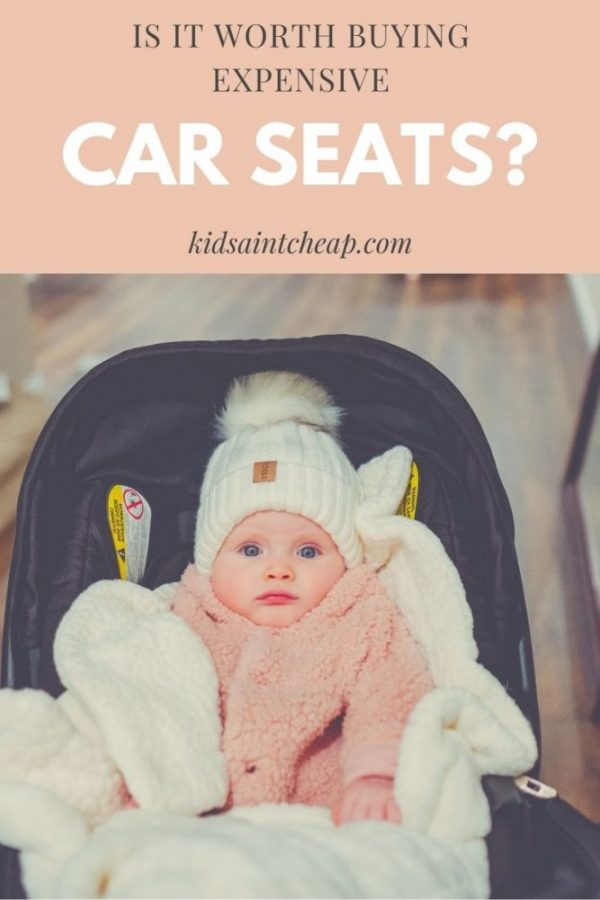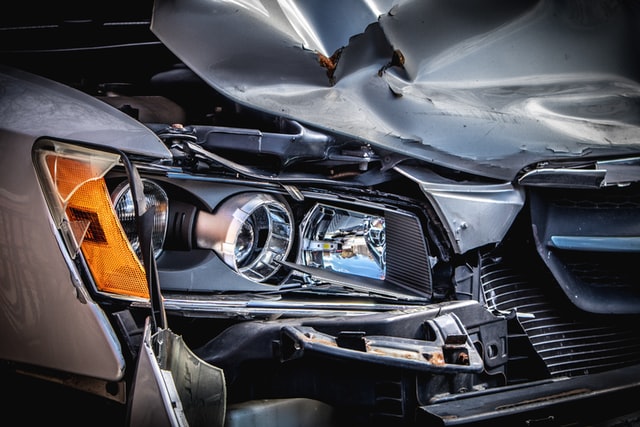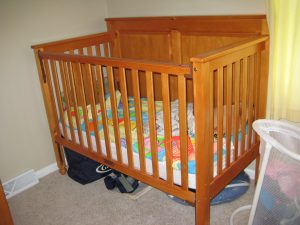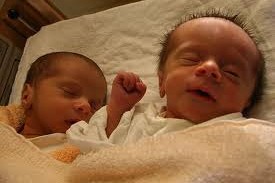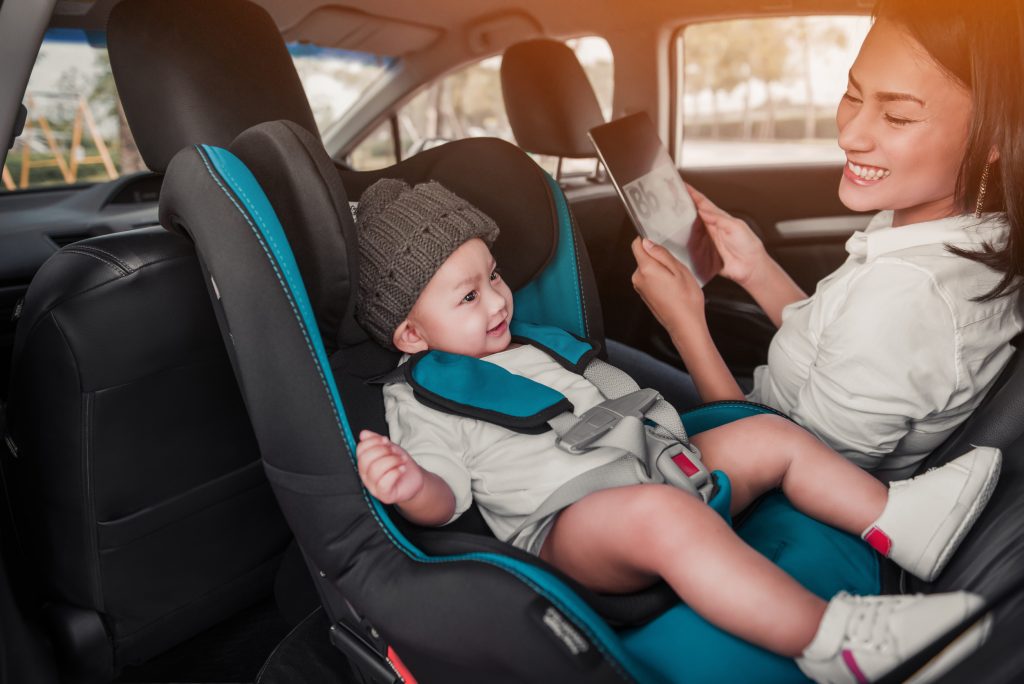
Every parent believes their child’s car seat is installed properly and is doing its job effectively. Yet studies show many parents unknowingly overlook critical safety details that could put their child at risk. In fact, the National Highway Traffic Safety Administration (NHTSA) estimates that nearly half of all car seats are incorrectly installed or misused. Before your next drive, consider these seven surprising facts that reveal hidden dangers lurking in your child’s car seat. Staying informed is trendy—and essential—for every responsible parent.
1. Improper Installation Is Extremely Common
You might think your car seat is perfectly installed, but the reality is shockingly different. NHTSA studies suggest approximately 46% of car seats are not installed correctly, dramatically reducing their effectiveness. Common errors include loose seat belts, incorrect harness adjustments, and wrong seat angles. Even minor mistakes compromise your child’s safety, increasing the risk of injury during a collision. Certified safety technicians can help verify proper installation, significantly improving car seat safety.
2. Secondhand Car Seats Are a Risky Choice
While thrifting is trendy for clothing or furniture, secondhand car seats pose significant hidden risks. Older seats could have unseen structural damage from previous accidents or recalls, drastically lowering their protective value. Additionally, car seats generally have expiration dates—usually between six and ten years from manufacture. Expired seats weaken over time due to plastic degradation and component wear, risking your child’s safety. It’s essential to know your seat’s exact history, including accidents and recalls, before trusting it. Purchasing new seats or thoroughly researching secondhand models is crucial for safety-conscious parents.
3. Winter Coats Compromise Harness Safety
Bundling up your child in a thick winter coat seems harmless but is actually dangerous when placed in a car seat. Heavy coats create slack in harness straps, making them appear snug when they’re actually too loose. In a collision, coats compress instantly, leaving dangerous slack and increasing injury risks. Experts recommend removing bulky outerwear before buckling your child into their seat. Instead, use blankets or coats placed over your child after the harness is securely tightened.
4. Harness Positioning Matters More Than You Think
Incorrect harness placement is surprisingly common yet critical for car seat effectiveness. Straps placed incorrectly, too loose, or twisted can significantly increase injury risk during accidents. Chest clips must always sit at armpit level, keeping the harness properly aligned over your child’s shoulders. For rear-facing seats, straps should be at or just below shoulder level; for forward-facing seats, they should be at or slightly above. Regularly double-checking harness positioning ensures optimal safety on every ride.
5. Accessories Might Be Dangerous
Cute car seat accessories—like strap covers, head supports, or hanging toys—may seem harmless but can seriously jeopardize safety. Many third-party products aren’t tested with your car seat, potentially interfering with harness effectiveness or seat stability. Accessories might shift during impact, loosen harnesses, or even injure your child directly. Experts advise sticking only to manufacturer-approved accessories specifically designed for your exact car seat model.
6. Booster Seats Are Often Misused
Transitioning your child to a booster seat too early or incorrectly is another common safety mistake. Booster seats rely on adult seat belts, meaning your child must be of the appropriate height and weight to safely use one. Incorrectly positioned seat belts cause severe injuries in collisions, especially if improperly placed across a child’s abdomen or neck. Ensure your child meets booster-seat age, weight, and height recommendations precisely before transitioning. Always verify seat belt positioning during every ride, maintaining correct belt placement across hips and shoulders. Familiarize yourself with the guidelines before making the switch.
7. Car Seat Recalls Are Surprisingly Frequent
Manufacturers issue recalls more often than many parents realize—frequently for severe safety defects or component failures. Unfortunately, many families unknowingly use recalled seats daily, putting their children at risk. To stay informed, register your car seat immediately upon purchase and regularly check recall databases. Online resources like NHTSA.gov offer recall search tools that provide timely safety alerts and updates.
Stay Informed, Stay Safe
Your child’s safety in the car depends entirely on your knowledge, vigilance, and regular checks. Staying informed about common car seat errors, expiration dates, harness safety, recalls, and risky accessories can dramatically improve your child’s safety every ride. Proper car seat use is about more than just strapping in—it requires continuous education, careful installation, and attention to detail. After all, the most important trend for parents today is always the safety and well-being of their precious little passengers.
Read More
